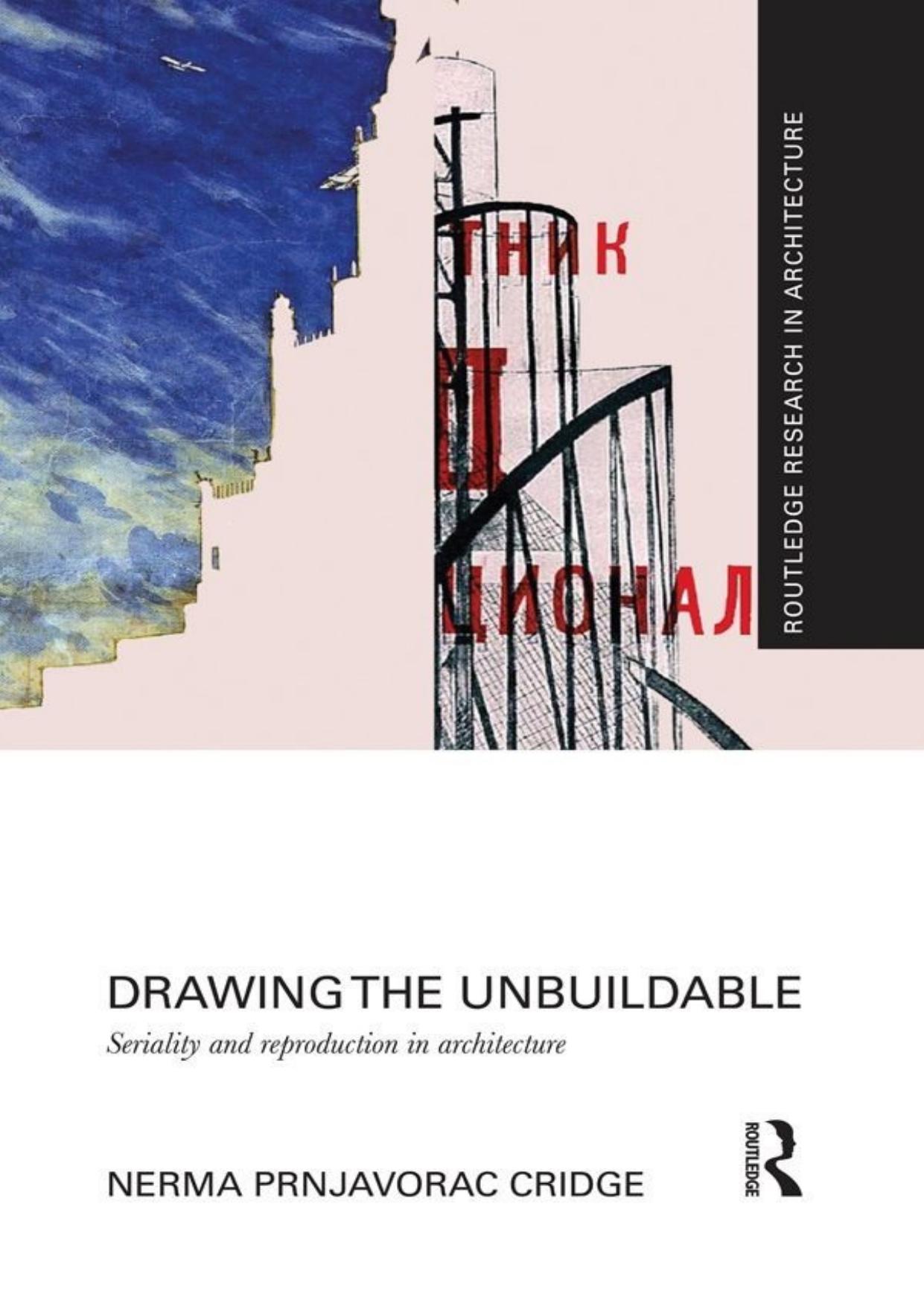Drawing the Unbuildable: Seriality and Reproduction in Architecture (Routledge Research in Architecture) by Nerma Cridge

Author:Nerma Cridge [Cridge, Nerma]
Language: eng
Format: mobi, pdf
ISBN: 9781317654308
Publisher: Taylor and Francis
Published: 2015-06-12T00:00:00+00:00
3
Tower and Palace
Two faces of the gigantic monument
In 1908, Adolf Loos wrote: âOnly a very small part of architecture belongs to art: the tomb and the monument. Everything else that fulfils a function is to be excluded from the domain of artâ.1 Loos positioned functional and therefore non-monumental architecture outside the domain of art, elevating only the monument and tomb to this position.2 Although one can accept that its purpose may be different from that of a non-monument, Loos's statement that a monument is without a function is easily disputed. A monument demands an audience outside of its present. Depending not on an individual but a collective reception, the role it fulfils is social. Loos operates within the logic of negation and binary opposites, contrasting architecture and art, function and monument. The âartâ continues the splitting into two, this time doubling, or dividing as either a monument or a tomb.
Loos's seminal statement will be used here to provide a theoretical framework and establish methods for registering the abrupt changes over a short time period from Lenin's monumental propaganda and Tatlin's Tower (1919) to the finally accepted Palace designs (1931). For Loos, only two types, Tomb and Monument, are within the domain of both art and architecture; all others are mere buildings. My reasons for using Loos's terms is to reinforce the proposition that although there are undeniable differences between the two, it is wrong to perceive them as the exact opposites. Their shared traits not only separate them from the rest of architecture but also bring them closer together. One could argue further that precisely this shared function of creating a memory for the future generations keeps them both unbuildable and immaterial. The Palace emerges from the same desire for monumentality, which created Tatlin's Tower and many other related projects. This view also supports the previous argument that such unbuildable projects should not be understood in terms of either utopia or dystopia. Instead, the two concepts are interlocked. Arguably, it is too simplistic to suggest either as being a manifestation of a dream or fear, but rather both are simultaneously expressions of the two. The negative dystopian notion may have prevailed in the Palace, with the positive notion prevailing in the Tower. This, I would say, concerns more the historical circumstances surrounding the two projects rather than the architecture itself.
Clearly affected by the tragic timing of Lenin's death in 1924, dystopia prevailed in the Palace. As if the existing competition requirements were not complex and contradictory enough, the shock of Lenin's death created an additional contributory factor. The design had to respond to this tragic event and commemorate Lenin. The conflict between the functional and the monumental already created a tension that was difficult to resolve, making a gigantic monumental structure also a tomb. Originally intended as a meeting place for the Soviet people and now subordinated to a monument for Lenin, the grand Soviet assembly had been reduced to no more than a pedestal for the gigantic statue above.
Download
Drawing the Unbuildable: Seriality and Reproduction in Architecture (Routledge Research in Architecture) by Nerma Cridge.pdf
This site does not store any files on its server. We only index and link to content provided by other sites. Please contact the content providers to delete copyright contents if any and email us, we'll remove relevant links or contents immediately.
Wonder by R.J. Palacio(8437)
Mastering Adobe Animate 2023 - Third Edition by Joseph Labrecque(3732)
Unlabel: Selling You Without Selling Out by Marc Ecko(3579)
Ogilvy on Advertising by David Ogilvy(3492)
Hidden Persuasion: 33 psychological influence techniques in advertising by Marc Andrews & Matthijs van Leeuwen & Rick van Baaren(3461)
Drawing Cutting Edge Anatomy by Christopher Hart(3446)
The Pixar Touch by David A. Price(3353)
POP by Steven Heller(3302)
The Code Book by Simon Singh(3062)
The Art of War Visualized by Jessica Hagy(2936)
Slugfest by Reed Tucker(2929)
The Curated Closet by Anuschka Rees(2904)
Rapid Viz: A New Method for the Rapid Visualization of Ideas by Kurt Hanks & Larry Belliston(2823)
Stacked Decks by The Rotenberg Collection(2801)
365 Days of Wonder by R.J. Palacio(2741)
The Wardrobe Wakeup by Lois Joy Johnson(2724)
Keep Going by Austin Kleon(2688)
Tattoo Art by Doralba Picerno(2592)
Tell Me More by Kelly Corrigan(2585)
